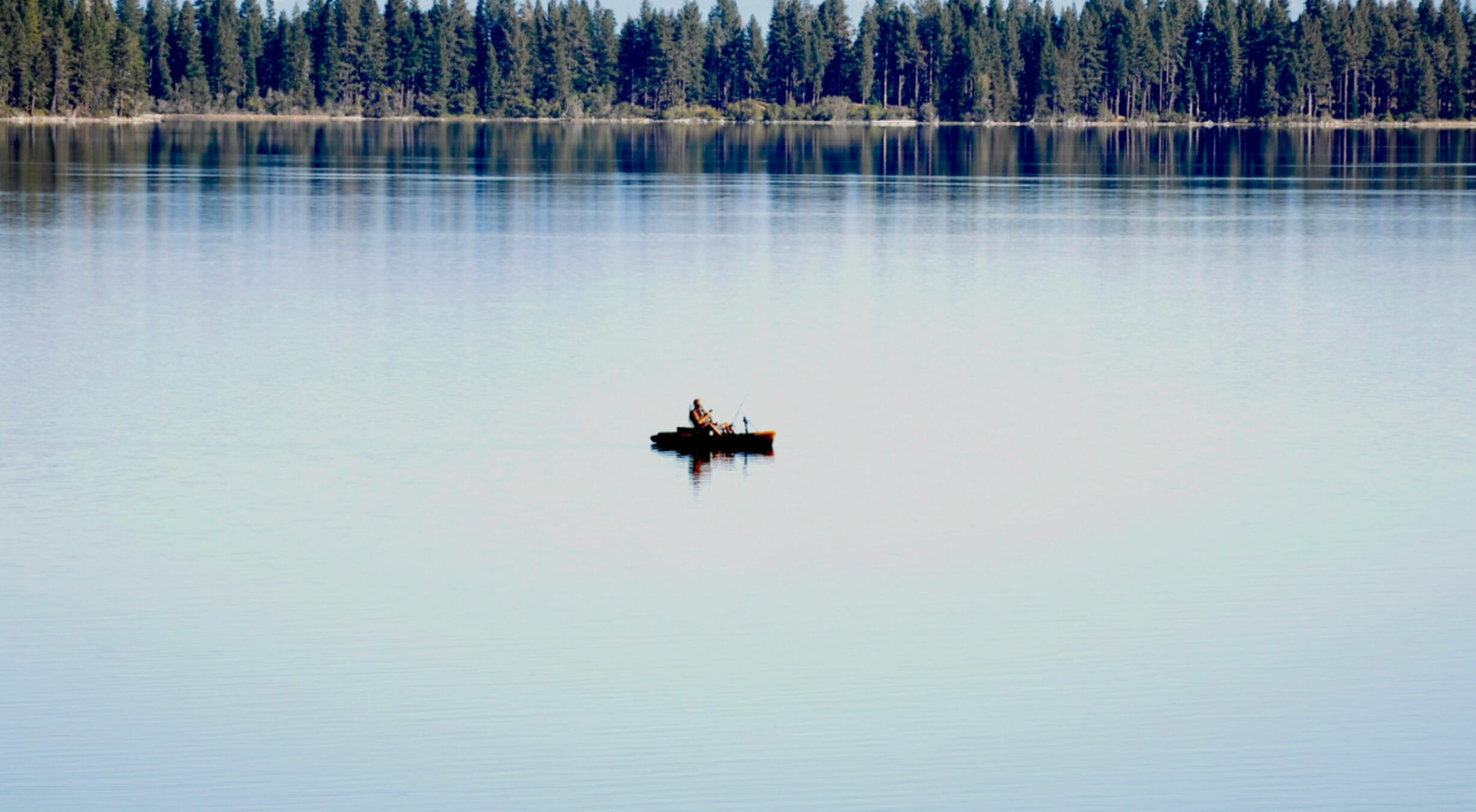Notes on sound healing
All life is vibration. Plants, animals, humans, you and me and all the people we see are vibration.
Because we are made of atoms and atoms vibrate. Our sense of hearing is based on vibration. Each of the organs inside us vibrates at varying frequencies. No wonder we say things like ‘that place doesn’t have good vibes’ or ‘he or she has great vibes’. It’s a visceral feeling.
Sound healing through singing bowls works at this level.
Waves from the bowls, when rimmed or struck with a mallet, reach various parts of your body, bringing waves of healing energy and balance to the affected parts. In a sound bath, the melodious tones from the different bowls reach your nervous system bringing calm and peace, bathing you in healing waves. In what is known as body work, bowls are places on a particular place on your body and rimmed, the waves penetrate the affected part to heal and reduce aches and pains. Do understand that it’s not a cure or replacement for medical care but a supplementary healing technique. Try it if you haven’t, that’s the best way to find out. Stay tuned for the next post.

Photo-Sabri Tuzcu Unsplash
Sound healing. It’s older than the singing bowls.
The notes from my first sound healing session or sound therapy are buried deep in the foggy times of childhood.
Before I could speak. Or walk. Or respond to my name.
I was a baby.
The sounds I hear were comforting, soothing, visceral.
I didn’t know what they meant. But they left me calmer, more secure, and often, sleepy.
They were lullabies sung by my mother.
It’s not a unique experience.
Because lullabies, or early sound therapy techniques so to speak, have been around since humans figured out how to soothe and calm a bawling baby. From Babylon to Brazil, Cherokee to China, Israel to India, every culture, every tribe had a lullaby for its children.
Going back even further, before the baby is born, there’s a sound, that’s constant, comforting and reassuring. The sound of a mother’s heartbeat. Osho talked about this profound connection between a mother and her baby, observing how the baby continuously hears the mother’s heartbeat and learns to associate it with safety and comfort. Which is why a crying baby almost immediately calms down when it’s held close to the mother’s chest.
There’s a biological basis too, I believe. The consistent, rhythmic heartbeat has a regulating effect on the baby’s own physiological functions, such as heart rate and breathing. It syncs the baby’s internal rhythms with the mother’s, bringing about a sense of calm and stability.
To me that’s sound healing is at its basic, primal, personal level. Sounds that heal, pacify and comfort. The meaning and the methods come much later.

Stillness through sound waves
The mind wanders.
It’s the nature of our mind to constantly jump between the many yesterdays and the unknown tomorrows. Worry and anxiety over what has happened and what might come up. In this see-saw battle, we rarely live in this moment, in the new, which is all we have, which is we can be sure about. Rituals of many cultures are deigned to bring one-pointedness so the mind doesn’t oscillate between the past and the future and abides in the present moment, at least while the rituals are on.
Sound bath is a pleasant combination to bring about this stillness by transporting you to a state of deep calm and tranquility, where the wandering mind is brought back to the sounds emanating from the singing bowls. The mind needs something to hold on to, and the deep, resonance of the bowls provide exactly that, so the mind latches onto the flowing notes and stay on the sonic journey.
So for that period we are not anxious, worried or tense. This instills a sense of much needed peace and quiet we all crave from the sensory ‘noise’ of the everyday life. And the more you experience this peace, the more you are drawn to it. The more peaceful you are the more clarity you will have to make informed decisions.

Photo: debra_warwick, unsplash
WHAT IS YOGA NIDRA?
What is yoga nidra?
Refined and popularised by Swami Satyananda, a disciple of Swami Sivananda of Rishikesh, yoga nidra a part of Tantric practice, facing in the pratyahara or sense-withdrawal stage of Patanjali’s ashtanga (eight limbed) yoga method.
It’s a state between sleep and wakefulness, kind of wakeful sleep. But it’s subject to neither state. Your consciousness is at its most receptive in this stage to receive any intent you want to plant in your mind. Swami says the conscious mind is hard soil in its intellectual, analytical state. When consciousness is linked to all the senses, its receptive capacity is less. Whereas in the yoga nidra state, your consciousness becomes extremely receptive (like tender soil ) as it’s de-linked from all the senses except that of hearing. With the analytical, logical mind quietened, the yoga nidra mind turns obedient to activate and carry out the intent you want to plant in your mind.
Briefly, sankalpa is an expression of your deepest desire. It’s what you want from your life. Your intent should be short, simple, in the present tense and positive. We’ll delve deeper into sankalpa in the next post. And in later posts, we’ll look at the other stages, namely, body awareness also called rotation of consciousness, and breathing by counting backwards.

IS YOGA NIDRA HYPNOSIS?
Someone asked me this question at one of the sessions.
While Yoga nidra and hypnosis involve states of deep relaxation and receptivity, they are two completely different practices.
According to Swami Satyananda, who developed the technique, the practitioner in yoga nidra consciously relaxes his body and mind while maintaining awareness. Remember, it’s a state between deep sleep and wakefulness. There is no sleep, which means you are in charge. And any suggestion made is by you, and it stems from the sankalpas you make based on what you want from your life. There is no outside influence or manipulation of your mind. So your suggestion is aligned with your life’s objectives, leading you eventually to illumination and freedom.
Whereas in hypnosis, the subject is under the control of someone else and the person follows the suggestions of the hypnotist. And since the brain is almost completely shut down it allows the hypnotist to manipulate and dominate the subject which is not the case with yoga nidra.
Hope that clears any doubt you may have had on this front.
THE NOISE OF PROGRESS AND THE SOUND BATH SANCTUARY

Image Stefan Schweihofer Pixabay
Noise surrounds us, every waking minute of the day.
Our urban life with all its trappings of modern gadgets is an assault on the auditory system.
We are constantly bombarded with grating, jarring, blaring, rumbling, shrill, squealing, loud, strident annoying noise of progress every day. Construction is noisy, demolition is just as bad. The road to smooth traffic comes with the deafening decibels of the jack hammers. Air travel to your relaxing holiday isn’t complete without a dozen steaming kids, day or night. Closer home, the noise of the vacuum cleaner and pressure cooker make hearing your phone ring challenging.
Soothe your jangled nerves with a soothing sound bath
The same noise, however, can be made to soothe and relax you, at a different pitch, amplitude and frequency. Sound after all is vibration.
And vibration is what sound bath works on.
Created from singing bowls of sizes and tones, a sound bath literally bathes your tired, overworked system in healing, calming sound waves, transporting you to an oasis of deep relaxation and peace. Your thoughts come to a reasonable stand still as well because you are following the deep, pleasing sounds from the bowls, guiding your scattered thoughts to a single point of focus.
The result is a deeply relaxing peaceful experience. I begin my sooundbath with a calming yoga nidra session, followed by a 7-chakra bowl meditative experience.
Contact me for a one to one session or a group sound bath.
From beta to theta through 7 bowls
Our consciousness goes through 5 different states every day.
There’s the super active gamma state when we are buzzing and conquering conference rooms or studying to ace that exam.
Then comes the fairly active beta state where we are a bit relaxed yet alert enough to make decisions, sip a cappuccino while working on a tissue-napkin ideation session.
Then we move to calmer, pensive alpha state where we day dream, people watching from a park bench or in your favourite arm-chair.
We then slip into a deeper, contemplative theta state where we often engage in visualisation, or deep meditation.
And finally enter delta state in deep sleep where the body heals and repairs without you having any idea it is carrying out miracles on a nightly basis.
Thing is, sleep provides little comfort to most of us as the stress levels of modern life, self-inflicted or otherwise, make sure we are constantly in the gamma-beta loop.
From our demanding work schedules to the micro-aggressions on the traffic-laden, anger-ridden commute, not to mention the triggers from doom scrolling, our brains don’t get much time and space to recover and rejuvenate.
Sound healing or sound bath, which literally means bathing in the sound waves from singing bowls can offer the much needed respite for your mind and body. I combine yoga nidra, a deeply relaxing ancient yogic practice with sound bath using my hand-beaten 7-chakra Himalayan full moon bowls for a complete and total relaxation. Unlike crystal bowls, these seven metal bowls produce a complex and layered array of healing vibrations that resonate with your seven chakras and related areas, to restore balance and harmony. It can be done for individuals and groups of people.
Drop me a line if you are interested.